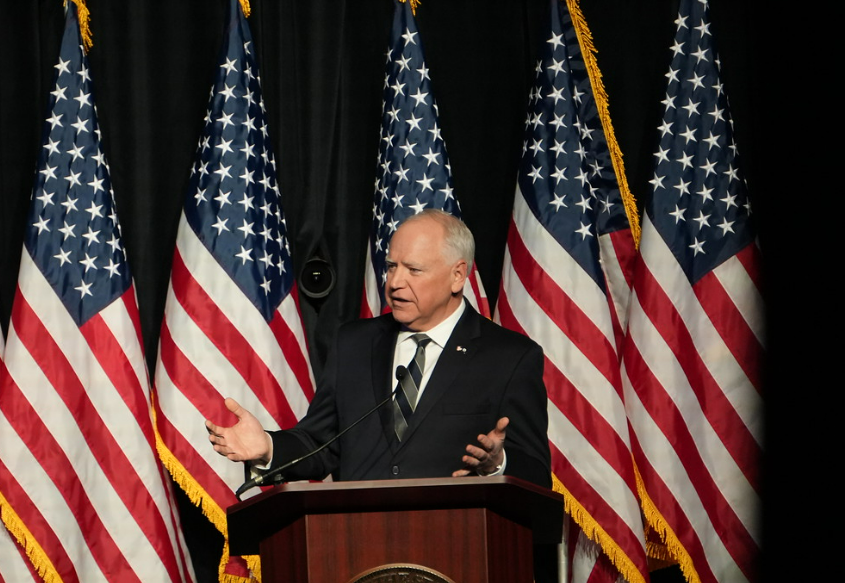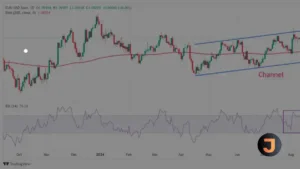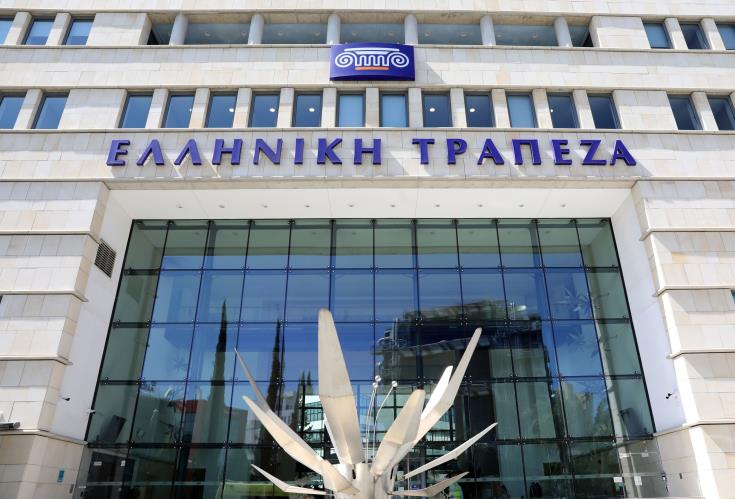Most states have cut taxes at least once since 2021, with a renewed emphasis on tax competition taking hold in red and blue states alike. Twenty-eight states have cut individual income tax rates, fifteen states have cut corporate income tax rates, and other states have cut sales tax rates or focused on property tax relief. Under Gov. Tim Walz (DFL), Minnesota has been an outlier, one of the few states to raise taxes in recent years—despite the state posting large surpluses.
With her selection of Minnesota Gov. Walz as her running mate, Vice President Kamala Harris has chosen from a pool of prospective candidates—sitting governors—that seems obvious but has not historically been well-represented in the second slot on presidential tickets. Former President Donald Trump’s selection of Indiana Gov. Mike Pence and Sen. John McCain’s choice of Alaska Gov. Sarah Palin may suggest that governors are gaining ground as vice presidential nominees, but before that, stretching back a century, the only others are Spiro T. Agnew, Earl Warren, and John W. Bricker.
Governors bring executive experience. They also bring policy records that are more concrete than those of legislators, in the sense that a governor’s signature or veto makes (or prevents) law in a way that one vote in Congress rarely does. Observers will doubtless scrutinize Walz’s record as governor to get a sense of what policies he may favor at the federal level and what that may say about the Harris-Walz ticket.
Walz’s Tax Policies
Whereas other potential running mates charted moderate courses on state taxation, with Pennsylvania Gov. Josh Shapiro advocating for the acceleration of cuts to the Commonwealth’s high-rate corporate income tax and signing legislation improving its structure (specifically by better aligning treatment of net operating losses with national standards), and Kentucky Gov. Andy Beshear signed a bill authorizing an individual income tax rate cut (albeit after vetoing a larger prior-year package that set those rate cuts in motion), Walz has presided over several tax increases, focused on businesses and high earners.
This makes Walz an outlier among contemporary governors, though perhaps not an outlier in his own state, which has a tradition of progressive fiscal policy that runs from the early 20th-century Progressive era through such progressive stalwarts as Eugene McCarthy, Walter Mondale, and Paul Wellstone.
Under Walz, Minnesota became the only state to impose a surtax on the long-term capital gain income and other net investment income of high earners (all other states tax long-term capital gains at ordinary income tax rates or even preferential rates). Walz also signed legislation partially phasing out the benefit of standard and itemized deductions for high earners, and later had to sign legislation fixing a drafting error that accidentally reduced the standard deduction for all taxpayers in what would have been an unintended $350 million tax increase.
Walz also signed legislation expanding the scope of the corporate income tax to capture more international business income through global intangible low-taxed income (GILTI) taxation, something most states have eschewed, and which New Jersey largely eliminated from its tax base recently. New Jersey, which raised its corporate tax rate, is one of only three other states besides Minnesota (with California and New York) to raise the rate of a major tax since 2021. A further effort to tax international income, which would have seen Minnesota become the only state with worldwide combined reporting, failed in the legislature by a single vote.
These tax increases came against the backdrop of a $17.6 billion budget surplus, suggesting that they were driven less by perceived revenue needs than by their contribution to greater tax progressivity.
There are, however, two areas where Walz has reduced tax burdens: through the creation of a new child tax credit and a tax exemption for most Social Security income. With the latter, Minnesota was brought into line with most other states’ treatment of Social Security income—a case of Minnesota policy converging on other states’ tax policy. In other tax areas, however, Minnesota has been a marked outlier.
The design of the state’s child tax credit is itself highly progressive. Its benefits begin to phase out at $29,500 in income for single filers and $35,000 in household income for joint filers. For a two-child household, the credit would phase out entirely by $67,083 in household income, well below Minnesota’s median household income.
In recent years, Minnesota has doubled down on its status as a high-tax state even as most states have moved in a different direction. That may go some way toward explaining the state’s lackluster economic performance of late: in the past year, employment only grew by 0.7 percent in Minnesota, ranking 42nd nationwide. Net outmigration to other states is 6th highest for households with $200,000 or more in income, and 8th highest in terms of net outflow of income from all households.
Federal tax policy, of course, differs from state tax policy in many ways, and most policy decisions are driven by the president, not the vice president. But Gov. Walz’s tax policy record is notable because of how much it contrasts with broader national trends. In recent years, most governors have championed tax cuts. Walz, rare among his peers, chose tax increases.






